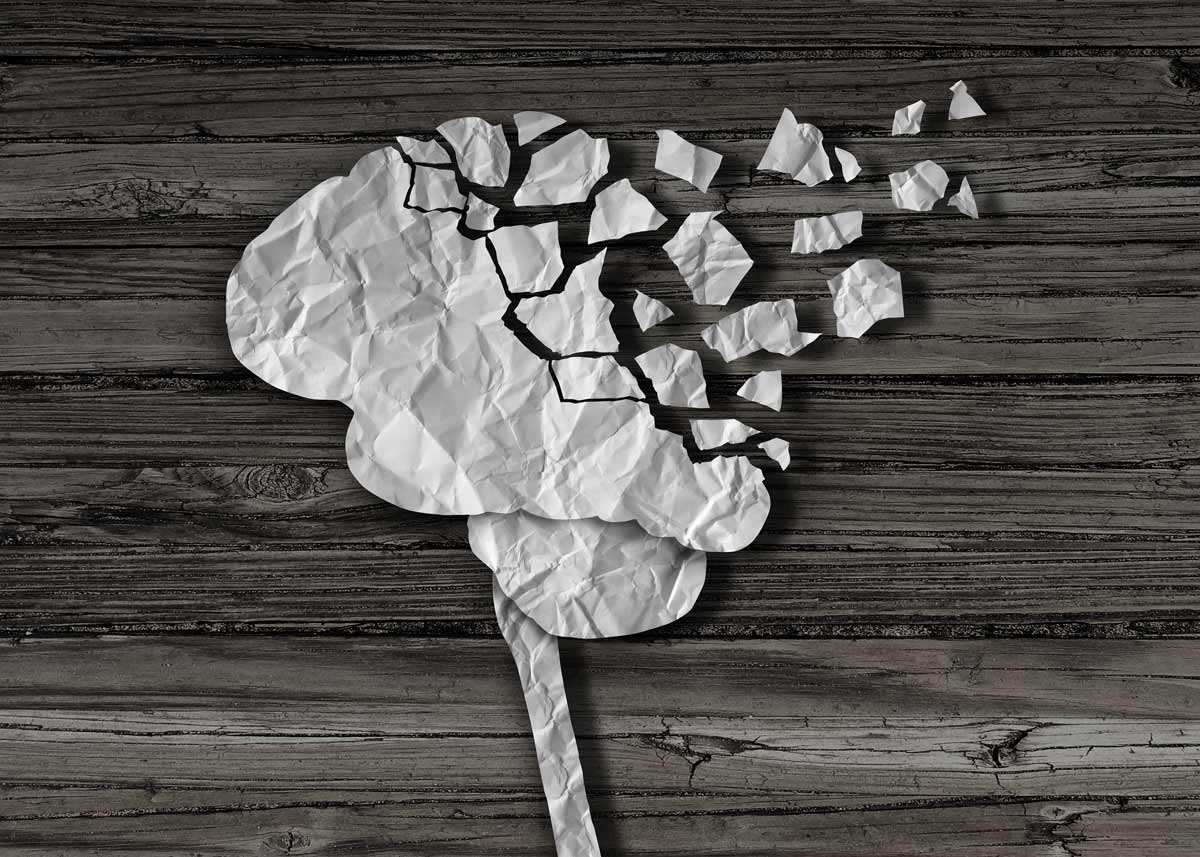Science
Brain Facts
Knowledge is power in the fight against disorders and diseases of the brain. Arm yourself with the facts.
Who gets brain diseases and disorders?

Approximately 5.2 million people in America have Alzheimer’s disease. This exact number is difficult to nail down because approximately half of all patients suffering with Alzheimer’s don’t have a formal diagnosis from a doctor.
Nearly 50 percent of people aged 85 and older have Alzheimer’s disease.
Approximately two-thirds of Alzheimer’s patients are women.
Alzheimer’s is more prevalent in African-American and Hispanic/Latino populations than it is among white people.
Factors such as smoking, obesity, diabetes, high cholesterol, and high blood pressure increase a person’s chance of developing dementia or other forms of brain disease
Someone in the US has a stroke about once every 40 seconds.
Worldwide, over 10 million people are living with Parkinson’s and close to 60,000 Americans are diagnosed with it each year.
In the U.S. there were 70,237 drug overdose deaths during 2017 - a 9.6% increase over 2016.


In the past year an estimated 3.6% of adults had PTSD. Prevalence was higher for females than males (5.2% vs 1.8%).
Anxiety disorders are the most common mental illness in the U.S., affecting 40 million adults in the United States age 18 and older, or 18.1% of the population every year.
Major Depressive Disorder affects more than 16.1 million American adults, or about 6.7% of the U.S. population age 18 and older in a given year.
How big is the problem, and what does it look like?
The number of people who have Alzheimer’s and are older than 65 is expected to triple, with estimates ranging from 14 to 16 million by 2050.
Over 16 million Americans care for someone with dementia. They provide an estimated 18.5 billion hours of unpaid care collectively.
When considered separately from other cardiovascular diseases, stroke is the fifth-leading cause of mortality in America, killing nearly 133,000 people a year.
Parkinson’s has a combined cost burden of $25 million in the U.S. alone, this figure includes treatment, social security payments and lost income.
Age adjusted, the rate of overdose deaths involving a synthetic opioid like Fentanyl increased an astounding 45% from 2016 to 2017.
Besides the heavy emotional cost to the person and their family, PTSD treatments can cost upwards of $10,000 over 4 years.
Despite being highly treatable, only 36.9% of those suffering from anxiety disorders receive treatment.
Anxiety disorders affect 25.1% of children between 13 and 18 years old. Research shows that untreated children with anxiety disorders are at higher risk to perform poorly in school, miss out on important social experiences, and engage in substance abuse.
Major Depressive Disorder (MDD) is the leading cause of disability in the U.S. for ages 15 to 44.

